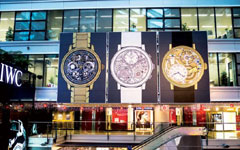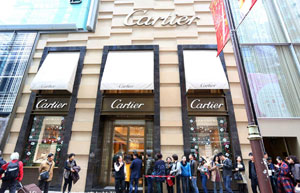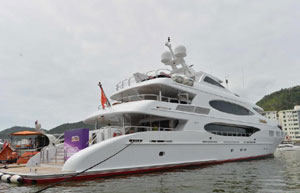"As history has shown, extreme wealth inequality can often precipitate social instability and it has been at the heart of political upheavals."
In the Philippines, for example, it has been estimated that just 40 of the country's richest families account for an estimated 76 percent of the country's GDP.
The top 40 account for 34 percent of the GDP in Thailand, 5.6 percent in Malaysia and 2.8 percent in Japan.
|
 |
 |
"How rich the region has become exactly is hard to say - and it's even more difficult to say with precision how the wealth is distributed among individuals," Neumann says.
According to the Asia-Pacific Wealth Report 2013 by the Royal Bank of Canada and French multinational Capgemini, the total wealth of high net-worth individuals in the region - defined as those with investable assets of $1 million and above - is expected to rise to $15.9 trillion by 2015 compared with $12 trillion in 2012.
Wealth of the equivalent group of individuals in North America stood at $12.7 trillion in 2012.
Deloitte estimates that 3 billion people in Asia will have joined the middle class by 2030, and by 2050 the region will account for more than half of the world's financial assets.
Keith Pogson, head of assurance practice for banking and capital markets with EY, says geographical and cultural differences throughout Asia make it difficult to draw similarities.
"But we know Asia is growing economically and that is driving an expanding and wealthy middle class," he says.
So where do Asia's wealthy spend their money?
|
 |
 |
| Top 10 favorite luxury brands of Chinese women | $4.8m yacht revealed at luxury lifestyle show |
